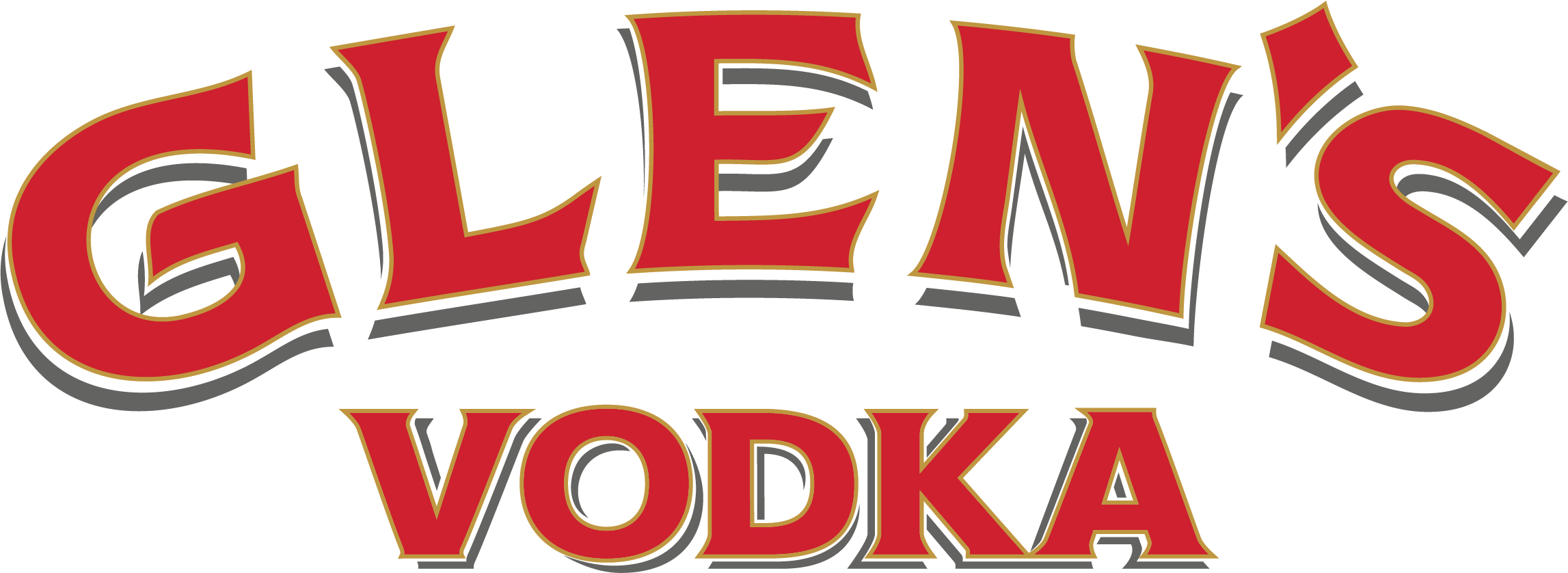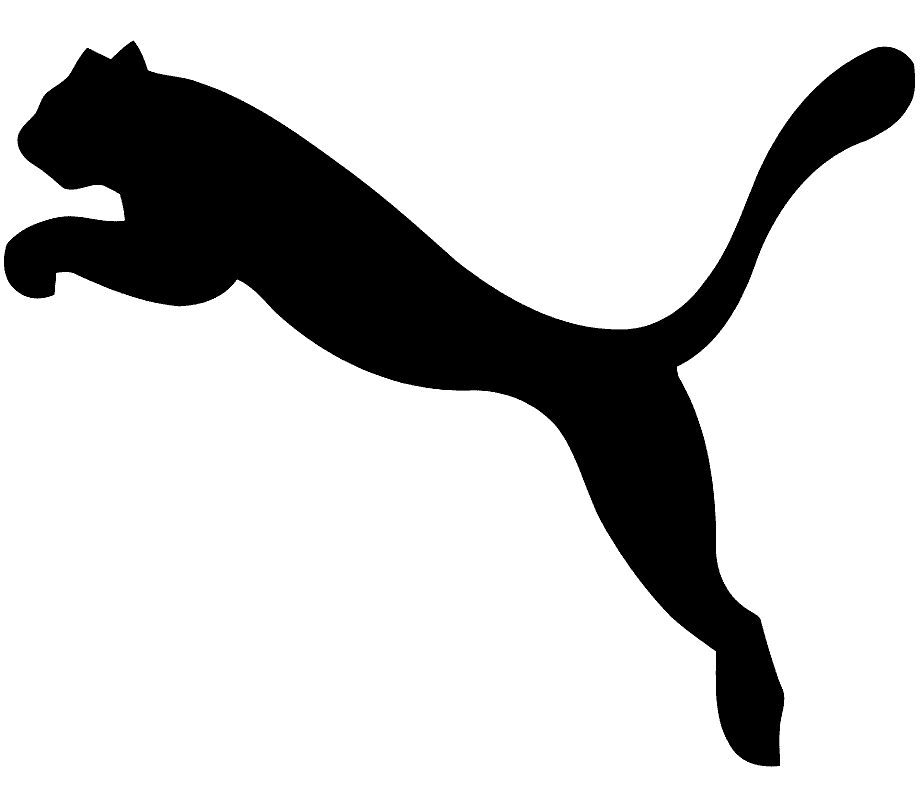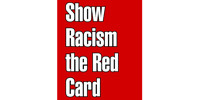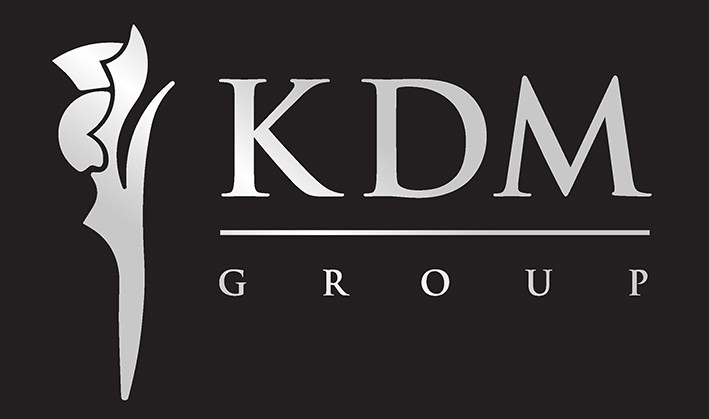John Potter will take charge of Dunfermline for the first time this weekend following the departure of Jim Jefferies on Monday.
Here are some facts about the Fife club ahead of their East End Park clash with fellow promotion hopefuls Stranraer.
1 The club was founded in 1885 by members of Dunfermline Cricket Club, who had started playing football 11 years earlier. A dispute between members led to a separate football club being formed.
2 The current club badge was designed in 1957 by Malcolm Dymock, an art teacher at Dunfermline High School. The badge displays the Malcolm Canmore Tower, which was situated at nearby Pittencrieff, and was a fortress for King Malcolm III of Scotland who reigned from 1057-1093. Some remains of the tower can still be seen. The blue and black background highlights the ‘Hanging Tree’ that was used in Canmore’s time, with the green representing the grass at East End Park.
3 The reason why Dunfermline are called the Pars has never been totally defined. One theory was that performances were so bad at one time the players must have been drunk or ‘paralytic’, while another theory centres on the parallel lines used in their black and white striped shirts. A third option comes from Plymouth fans who moved from their base at the English Naval dock to Rosyth. They became the Plymouth Argyle Rosyth Supporters and displayed banners with the PARS written on it at East End Park.
According to John Hunter's Centenary History of the club, the nickname originates from 1912, when Dunfermline Athletic were first admitted to the Scottish League. It is believed to refer to the fact that they had become equal to, or on par with, the best in the land.
4 Dunfermline first wore black and white colours in 1909 after maroon, blue, red and white had all been seen on their jerseys.
5 Jock Stein’s arrival as manager of Dunfermline in 1960 heralded a successful time for the club with the Scottish Cup won the following season. Celtic were defeated Celtic 2-0 in a replay and Dunfermline went on to defeat St Patrick's Athletic and FK Vardar in the Cup Winners’ Cup before losing to Ujpest Dozsa at the quarter-final stage. The following season Stein’s side defeated Everton in the Fairs Cup before losing a play-off to Valencia after their two ties ended 6-6.
6 Jock Stein left for Hibs in 1964, and then for Celtic shortly afterwards, with his replacement at Dunfermline, Willie Cunningham, taking the Pars to the Scottish Cup Final of 1965 – where they lost 3-2 to Stein’s Celtic.
7 Charlie Dickson is the club’s record goalscorer, with 215 goals scored including 11 hat-tricks, with one of those a double hat-trick against St Mirren in December 1961.
8 The Scottish Cup was won again in 1968 under the guidance of George Farm with a 3-1 win over Hearts. Farm’s side reached the semi-finals of the Cup Winners’ Cup by seeing off APOEL, Olympiakos and West Bromwich Albion before losing to eventual winners Slovan Bratislava.
9 Two former Dunfermline players have gone on to manage Manchester United. Sir Alex Ferguson spent nearly 27 years at Old Trafford, with his replacement David Moyes staying for less than 10 months
10 An artificial pitch was laid at East End Park in 2003 as part of a UEFA experiment into the development of synthetic surfaces. It was replaced two years later.
Craig Stewart
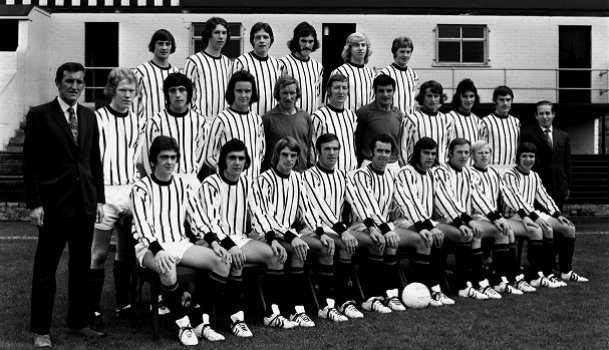




.png)
